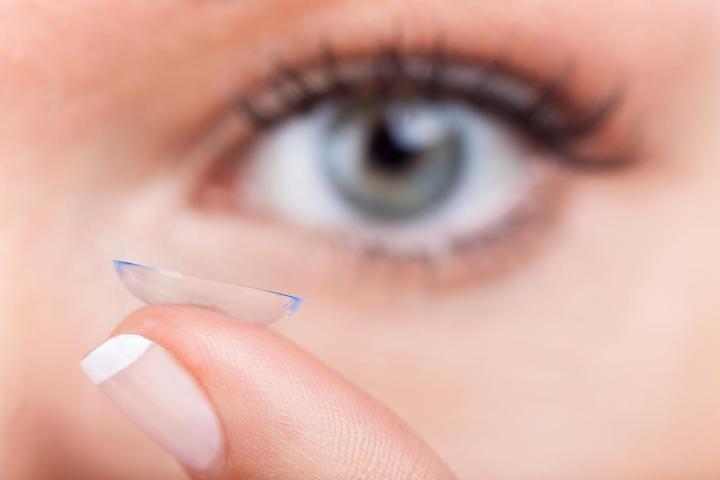
Presbyopia, which occurs as a result of natural aging, affects more than 135 million Americans, according to U.S. Census Bureau data. The condition involves a thickening of and loss of flexibility in the eye’s natural lens, which leads to difficulty reading small print. Multifocal lenses correct for Presbyopia by diffracting light as it interacts with the eye, but in the process produces the dreaded halo effect.
Researchers at Bar-Ilan University in Israel think they have a tenable solution. They describe a technique in the journal Optics Communications that involves a smoothening of the surface of multifocal lenses, a process that “does not complicate the fabrication complexity of the lens” but “yields the same optical performance in treating presbyopia and assisting people after cataract surgery,” says Professor Zeev Zavelsky, head of the Electro-Optics study program of the Faculty of Engineering and co-author of the paper.
The results of preliminary clinical trials are quite promising. The scientists performed tests with “phase plates,” pieces of glass imprinted with the experimental contact lens design and placed in spectacle frames. Subjects viewed bright lights through the lenses and estimated the halo pattern’s size. According to the study data, wearers with the smoothened lenses saw much smaller halos than the control group.
Future testing is on the horizon. Should it prove successful, though, the commercial implications are staggering. If the method allows for comfortable usage at night as the scientists suggest, then there’s real hope for the tens of millions of people with extended depth of focus (EDOF) and multifocal lenses that currently struggle to walk and drive safely in poorly illuminated environments.
Editors' Recommendations
- The Future of Vision: Augmented reality contact lenses will make you bionic
- The best lenses for portrait photography


